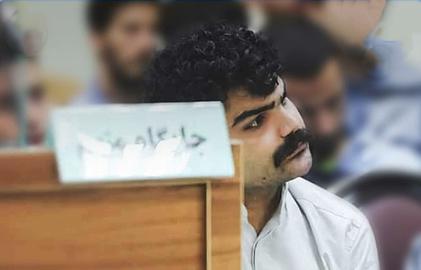An Iranian citizen journalist, who writes under a pseudonym to protect her identity, wrote the following piece on the ground inside Iran.
These days, especially among young people and in big cities, it is rare for a woman in Iran to not have a job. Even if a woman wants to be a housewife, financial pressures often mean she will have no choice but to find work. And yet, despite this overwhelming pattern, women are consistently depicted in traditional roles — either as mothers or in the kitchen cooking for their families — in commercial advertising, whether on television or in the press.
And this image is not just restricted to ads for family food products or household appliances. It is also extensively used in ads for insurance, banking, cars and everything else.
In ads and commercials for household appliances, it is customary to see a woman using the product in question. But if there is a man present as well, he is either the one who paid for the appliance or standing dominantly nearby, proudly looking at his wife for being the owner of the object in question.
The main theme of food commercials, which make up a large part of ads on TV in Iran, is that of women doing the cooking in a household. In ads for rice, pasta, cooking oil, tomato paste or other items, the woman cooks and then serves it like a servant to her partner or father or another member of the family.
There are also many commercials in which you see young girls practicing cooking or other household chores with their mothers, thereby “preparing them” for their primary role as homemaker in the future.
The same goes for detergent ads — despite the fact that, at the end of the day, with all household appliances such as dishwashers and washing machines, it makes no difference whether it is a woman or a man who loads them or presses the start button. And yet, TV commercials and ads would have one believe it is only women who worry and do these things. Men are either absent or without a role.
These commercials permeate Iranian TV day and night. And, equally, sexist ads are everywhere, from news websites to printed newspapers and magazines to billboards around town. In many ways, it feels like a never-ending campaign to strengthen the traditional idea and cliché that women are either mothers or housewives and nothing else.
Official statistics, however, paint a very different story. Just recently, President Hassan Rouhani said, “Today we’re proud that half of our university students are women.”
Since 2000, according to official sources, the ratio of women to men in universities has increased dramatically, and in certain fields, it has even reached a disparate level of 70 to 30 percent. Conservatives and hardliners have reacted negatively to this.
In 2007, the Parliament Research Center, run by hardliner MP Ahmad Tavakoli, expressed unease over the increase in the number of female university students and called on the government to stop the trend by imposing limits on higher education for women. Many conservative and hardliner individuals and media have expressed similar worries, also demanding limitations.
The government under former President Ahmadinejad answered the call by introducing a project called “Gender Quota for University Fields” in order to reduce the number of female university students.
This is all justified on the basis that, in an Islamic society, the role of a woman is to be a mother and a wife.
Zohreh Baboli, Citizen-Journalist, Abadan
visit the accountability section
In this section of Iran Wire, you can contact the officials and launch your campaign for various problems




































comments